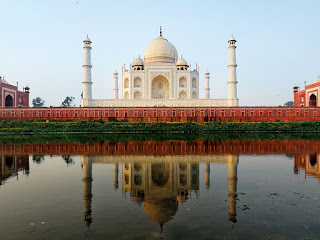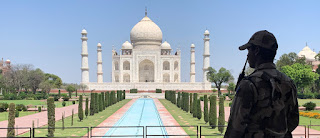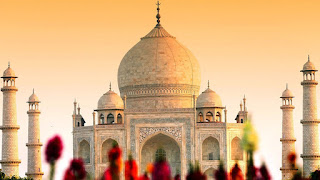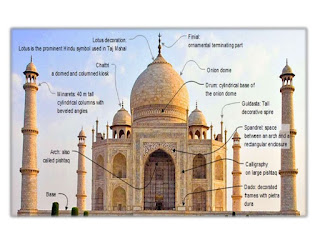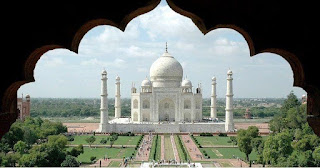my visit to taj mahal essay in English: a personal visit in Delhi
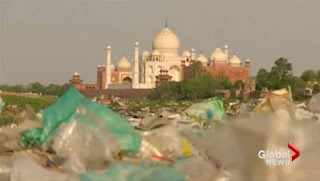
my visit to taj mahal essay in English One must visit historical buildings to know the history. It gives us knowledge of the period and age in which it was produced. We know more about the kings who made them rather than read them in books. None of the places has impressed me as much as the Taj Mahal in Agra. I can easily call it a love poem in marble. The Taj Mahal was built by the Mughal Emperor Shah Jahan in the loving memory of his queen, Mumtaz Mahal. It is located on the right bank of the Yamuna River in Agra. It is made of pure white marble and looks spectacular on full moon night. The Taj Mahal was once one of the seven wonders of the world. Nevertheless, it is one of the most beautiful buildings in the world. Wished to see the building with my uncle one day. We had a view of the Taj Mahal from the train at a short distance. It looked grand and impressive. We went on a rickshaw. We saw the gate of the building. It was very high and beautiful. It is made of red stone. It ...

